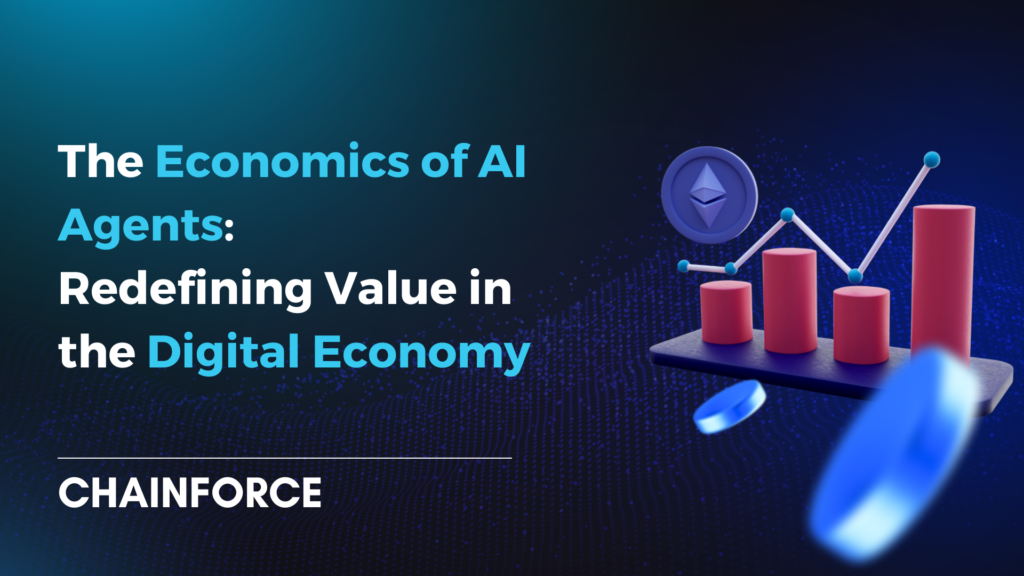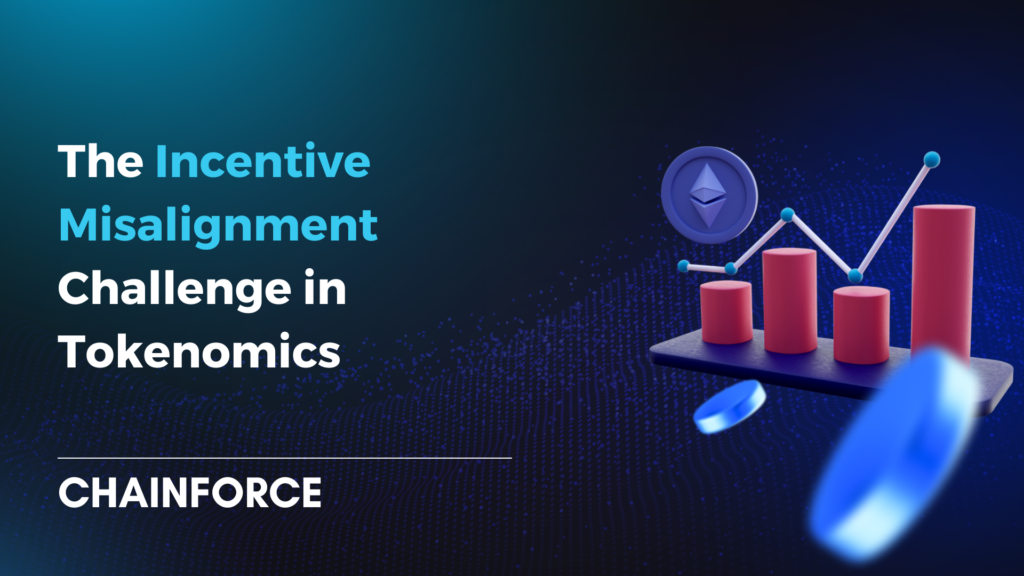Introduction
In the ever-evolving and intricate world of cryptocurrency and blockchain technology, tokens have undergone a remarkable metamorphosis. From their inception as fundraising mechanisms during the ICO frenzy of 2017 to their present-day role in shaping the landscape of Web3 projects, tokens have assumed numerous forms and functions. However, this evolution has not been without its fair share of ambiguity and discord surrounding their purpose and utility. In this comprehensive exploration, we seek to demystify the multifaceted universe of tokens within the Web3 ecosystem. Specifically, we aim to address a pivotal question: Does your product truly necessitate the integration of a token?
The Token Conundrum
Tokens, in the context of Web3, exhibit a chameleon-like quality, capable of adopting various meanings and functions depending on one’s perspective. Whether viewed through the lens of a user, investor, or within the framework of legal regulations, tokens can manifest in diverse ways. Moreover, the narrative surrounding tokens has evolved over time, giving rise to a spectrum of interpretations within the Web3 community.
At the core of this discussion lies a pivotal query: “Does your product require a token?” To shed light on this inquiry, we embark on a journey to explore the intricate dynamics of how products and tokens interact, accompanied by real-world examples representing each category.
Ventures That Demand Tokens
Here are five primary sectors where crypto and utility tokens are prominently utilized:
Decentralized Finance (DeFi):
Encompasses lending platforms, decentralized exchanges (DEXs), yield farming, and stablecoins. These platforms allow for peer-to-peer financial transactions, lending, borrowing, and trading without traditional intermediaries.
Non-Fungible Tokens (NFTs) & Gaming:
Includes digital art, virtual real estate, collectibles, and play-to-earn games. These platforms tokenize unique digital assets and in-game items, allowing for ownership, trade, and monetization.
Decentralized Autonomous Organizations (DAOs) & Governance:
DAOs use tokens for decision-making and governance. Token holders can vote on proposals, fund projects, and guide the direction of decentralized organizations.
Web3 Platforms, dApps & Decentralized Computing/Storage:
Platforms like Ethereum facilitate decentralized applications (dApps) that often have their own utility tokens. Additionally, some projects allow users to share computing power or storage space in exchange for tokens.
Supply Chain, Identity, & Marketplaces:
Tokens are used to track products, verify digital identities, and facilitate peer-to-peer commerce. These platforms ensure transparency, authenticity, and decentralized trade.
These categories provide a broad overview of the diverse applications of crypto and utility tokens in today’s digital landscape.
Ventures That Can Significantly Enhance User Experience with Tokens
While numerous ventures can proficiently operate without tokens, certain categories can experience substantial enhancements by their incorporation. Prominent examples encompass:
Decentralized Finance (DeFi): Tokens are integral to the DeFi landscape. They act as collateral, represent ownership in liquidity pools, and serve as a medium of exchange on decentralized platforms. Governance tokens, for instance, empower community members in decision-making processes. Platforms like Aave and Rand Network are pioneering this approach, with tokens enabling native insurance mechanisms to bolster trust and security.
Non-Fungible Tokens (NFTs) & Gaming: NFTs have transformed digital ownership. They provide verifiable proof of authenticity, especially in art, music, and gaming. Platforms like SuperRare and Ocean Protocol exemplify how tokens can incentivize quality user contributions in user-dependent services.
Decentralized Autonomous Organizations (DAOs) & Governance: DAOs, governed by smart contracts, use tokens to represent voting power, ensuring decentralized and democratic decision-making such as BanklessDAO.
Web3 Platforms: Tokens incentivize network participation. Decentralized storage and computing platforms reward users with tokens for sharing resources. Data-centric projects are integrating tokens to revolutionize their offerings. Pool Data and Ozone lead this transformation, using tokens to enhance their data-related ecosystems.
Supply Chain, Identity, & Marketplaces: Tokens ensure traceability in supply chains and represent credentials in digital identity solutions. Decentralized marketplaces, especially those like Hundo, Lemonade, and LooksRare, leverage tokens to overcome the “cold-start” problem associated with network-dependent services.
To Token or Not to Token?
Tokens, although potent, are not a universal panacea. Integrating a token too closely with a product can pose challenges, including:
Utility, Purpose, and Economic Model:
Before introducing a token, it’s essential to determine its genuine utility within the ecosystem. A token should offer tangible benefits, enhancing functions that might be less efficient without it. Additionally, the economic model supporting the token’s valuation needs careful crafting. Projects must ask: How will the token’s value be determined? Is there a risk of creating internal economic volatility? The token’s purpose and economic stability are paramount, ensuring it’s not perceived as a mere speculative tool or an afterthought.
Regulatory Landscape and Security:
Navigating the regulatory environment is crucial. Different jurisdictions have varied stances on tokens, especially concerning securities laws. Projects must be prepared for potential legal challenges and ensure they’re compliant with both local and international regulations. Alongside regulatory considerations, security is paramount. The technical infrastructure supporting the token must be robust, minimizing vulnerabilities. Mechanisms should be in place to address potential security breaches, ensuring the safety of both the token and its holders.
Community Engagement and Long-Term Viability:
The perception and reception of a token by the broader community can make or break its success. Clear communication strategies are needed to elucidate the token’s value proposition to potential users and stakeholders. Moreover, the token’s role should be envisioned not just for the immediate future but also for the platform’s long-term evolution. A clear roadmap detailing the token’s development, integration, and future enhancements ensures it remains relevant and valuable as the platform grows.
In essence, for a token to be successful, it must have a clear purpose backed by a stable economic model, adhere to regulatory standards while ensuring security, and engage the community effectively while ensuring its long-term relevance.
Conclusion
Deciphering whether your product truly demands a token represents a pivotal decision within the Web3 arena. Tokens, with their diverse roles—from enabling critical functionalities to amplifying user incentives and catalyzing network effects—are a potent force. Nevertheless, introducing tokens should be a carefully considered process, tailor-fitted to the unique requirements of your project while diligently accounting for potential pitfalls. By harmonizing your token strategy with the overarching goals of your project, you can traverse the intricate landscape of Web3 with unwavering clarity and a sense of purpose.



